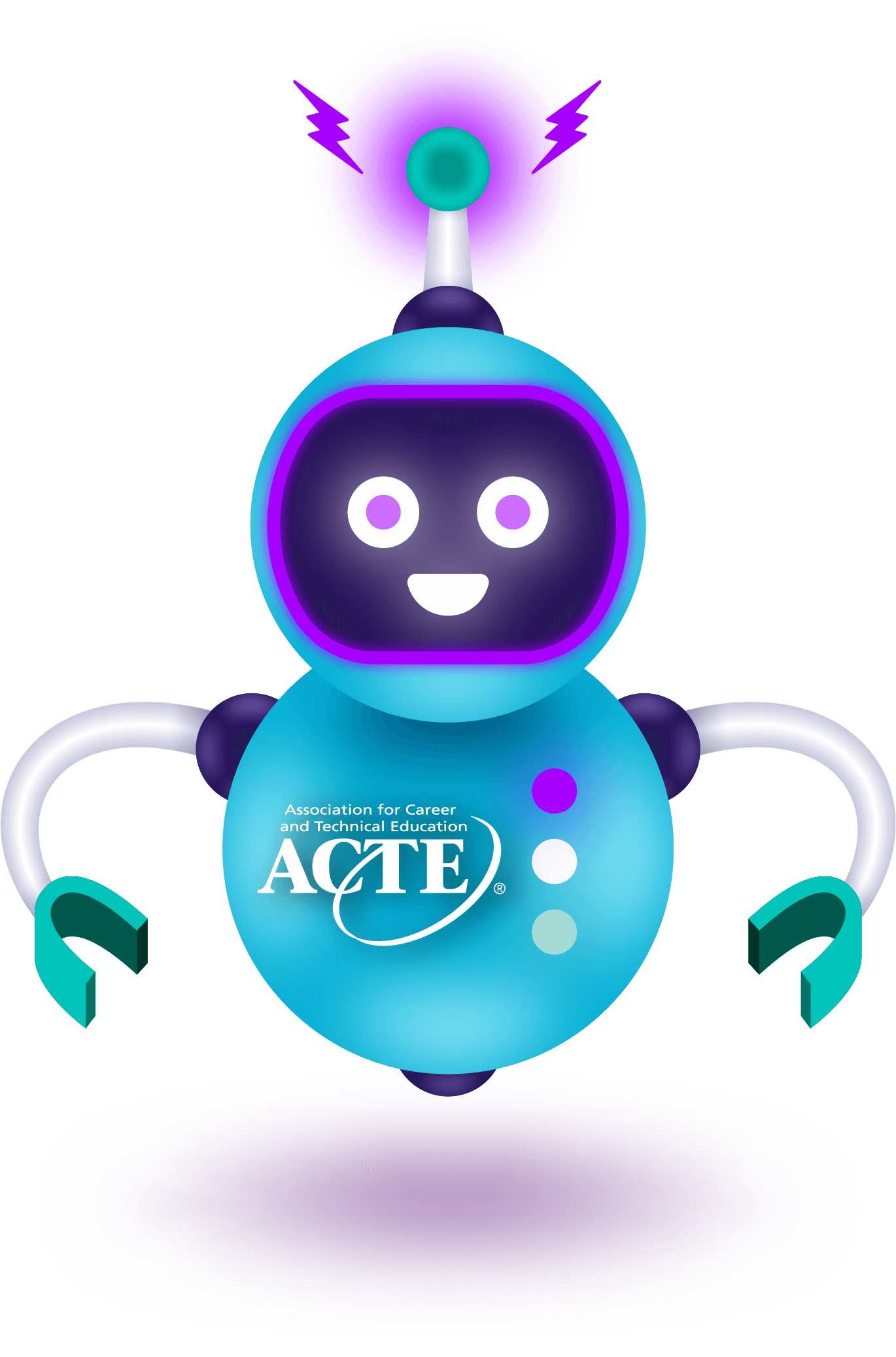On July 4, President Trump signed the One Big Beautiful Bill Act into law. Alongside revisions to student loans and other federal student aid programs, the bill expands Pell Grant eligibility to short-term training and workforce programs, a long-standing priority for ACTE. To be eligible for Workforce Pell, programs must meet several requirements outlined in the bill, including the following:
- Be between eight and 15 weeks, covering 150 to 599 clock hours of instruction
- Have a completion rate of at least 70% within 150% of the normal time to completion
- Have a job placement rate of at least 70% measured 180 days after completion
- Have costs that do not exceed the median value-added earnings of graduates
- Align with high-skill, high-wage or in-demand industry sectors
Implementation of Workforce Pell will begin next year on July 1, and the Department of Education (ED) has convened a negotiated rulemaking committee to determine specific eligibly requirements, processes and more. As implementation draws closer, various education and workforce organizations have released reports, guides and other resources for state and local leaders to engage with.
Data Infrastructure
Since program eligibility for Workforce Pell relies on several data metrics, states need to ensure that they have the infrastructure to collect and examine this data across programs. However, an article from the State Noncredit Data Project (SNDP) examined several states’ noncredit data systems and found that most lack the infrastructure necessary to identify programs eligible for Workforce Pell. Most states collect data on program length but lack information on other key metrics necessary to determine eligibility. Furthermore, current state data suggests that most programs fall under the 150-hour minimum threshold necessary for Workforce Pell.
State and local education and workforce leaders must work together to evaluate their current data systems and develop next steps for collecting additional data necessary to determine program eligibility. Leaders may look toward other states with more robust data systems; for example, the Alabama Committee on Credentialing and Career Pathways developed a detailed data system for identifying in-demand occupations across the state and established criteria for nondegree credentials. The Bipartisan Policy Center notes that Virginia’s FastForward Program—which collects extensive data on short-term, noncredit programs—and similar programs in other states lead to positive workforce outcomes and could help shape implementation of Workforce Pell. The SNDP also suggests that its Noncredit Data Taxonomy 2.0 may assist states in determining data needed for Workforce Pell. New America provides several other data-related recommendations, including conducting labor market analyses to determine high-demand industries in states.
Current State Programs & Policies
As mentioned, several states already have programs that could inform Workforce Pell implementation. For example, Community College Daily notes that the Colorado Community College System has scaled a short-term training program for behavioral health analysts across the state, and the pathway has a 73% completion rate. Over a dozen Colorado high schools have also begun offering one of five behavioral health “micro-pathways” in partnership with the Education Design Lab, local community colleges and over 50 employers. A separate article from Community College Daily describes other similar programs in North Carolina, Louisiana and Texas. States such as South Carolina and Delaware also offer scholarship programs for students in short-term, industry-aligned programs.
States have also enacted various policies to better align themselves with Workforce Pell and other related initiatives. In 2025, states have passed bills that mandate an ROI analysis of industry-recognized credentials, amend the definition of nondegree credentials and provide financial assistance to students pursuing a short-term, postsecondary CTE credential. The Institute for College Access & Success has developed model legislation that state lawmakers can use to meet the requirements of Workforce Pell and set state processes and guardrails.
The Role of Schools and Employers
Postsecondary institutions, employers and other short-term training providers have a significant role to play when developing and sustaining programs that are eligible for Workforce Pell. The Pennsylvania Workforce Development Association has developed a guide for postsecondary institutions to design and prepare programs to meet the requirements of Workforce Pell. Achieving the Dream describes some of the challenges ahead for community colleges and provides recommendations, and while most implementation resources focus on subbaccalaureate institutions, UPCEA wrote about how four-year universities can utilize Workforce Pell as well. For employers, the National Skills Coalition highlights strategies that state and local leaders can utilize to ensure that Workforce Pell benefits both workers and employers alike. The Council for Adult and Experiential Learning also notes how institutions, employers and other stakeholders can use Workforce Pell to benefit adult learners.
ACTE will continue to monitor the implementation of Workforce Pell and provide updates as needed. If you have any questions, please reach out to ACTE’s Government Relations Manager Jimmy Koch (jkoch@acteonline.org).


 Now in its fifth week, the government shutdown continues, and the House remains out of session. Several new programs will be affected by the shutdown on Nov.1, increasing the pressure on policymakers to come to an agreement. Health care premiums under the Affordable Care Act are expected to rise significantly over the weekend as well. Congress remains at a stalemate over funding bills, although there has been an increase in bipartisan conversations among Senators, which could be a sign of progress. Read more updates below.
Now in its fifth week, the government shutdown continues, and the House remains out of session. Several new programs will be affected by the shutdown on Nov.1, increasing the pressure on policymakers to come to an agreement. Health care premiums under the Affordable Care Act are expected to rise significantly over the weekend as well. Congress remains at a stalemate over funding bills, although there has been an increase in bipartisan conversations among Senators, which could be a sign of progress. Read more updates below. New Data on Nondegree STEM Credentials:
New Data on Nondegree STEM Credentials:




